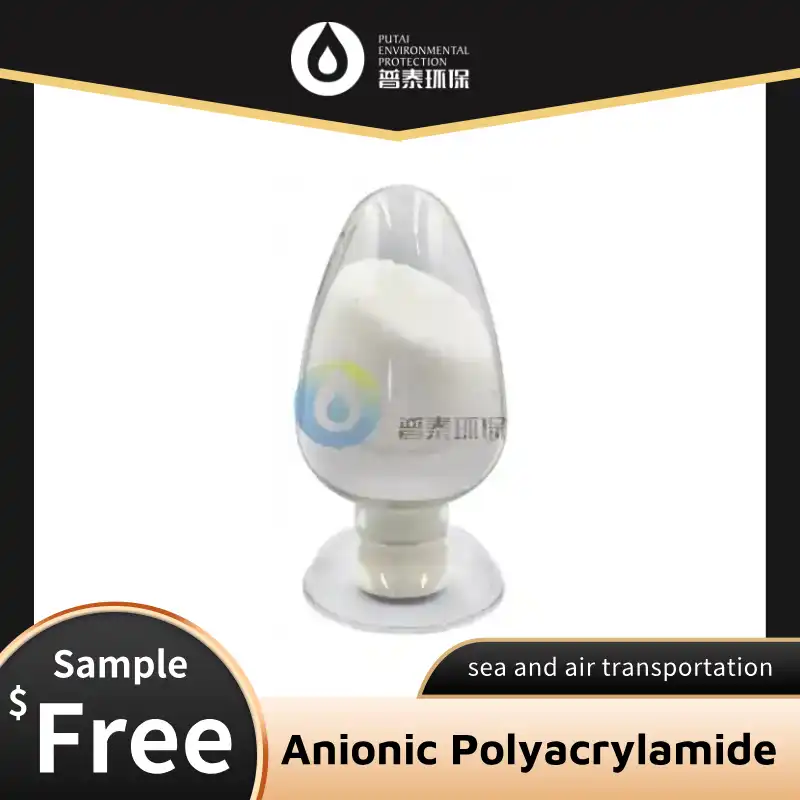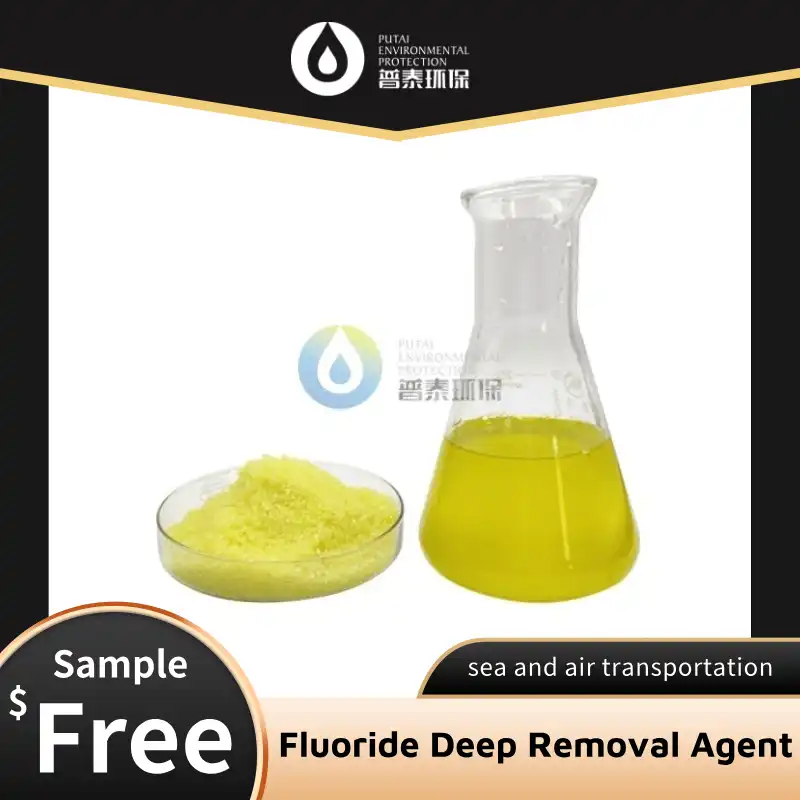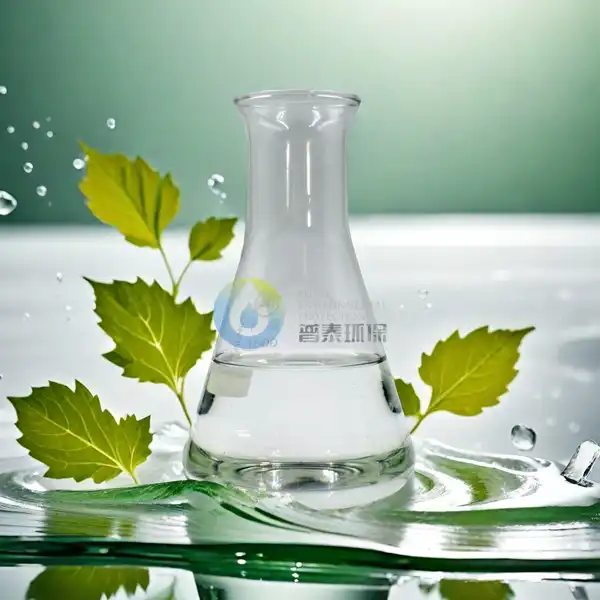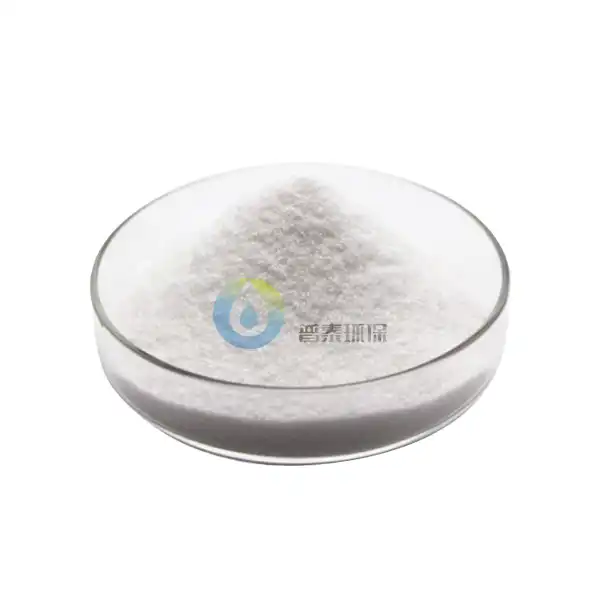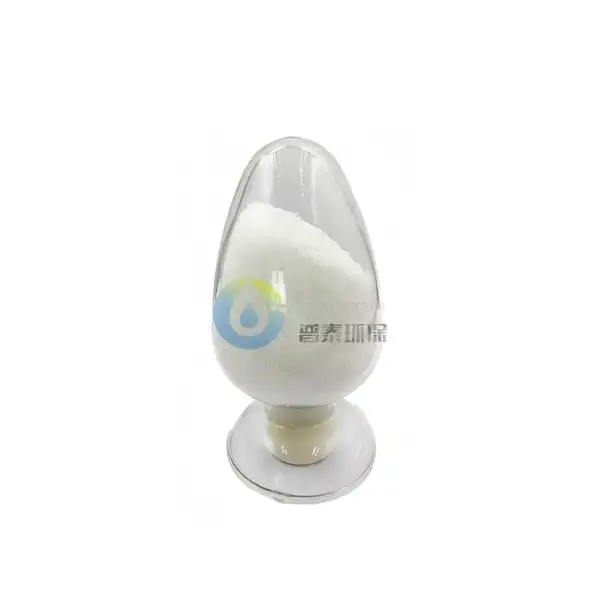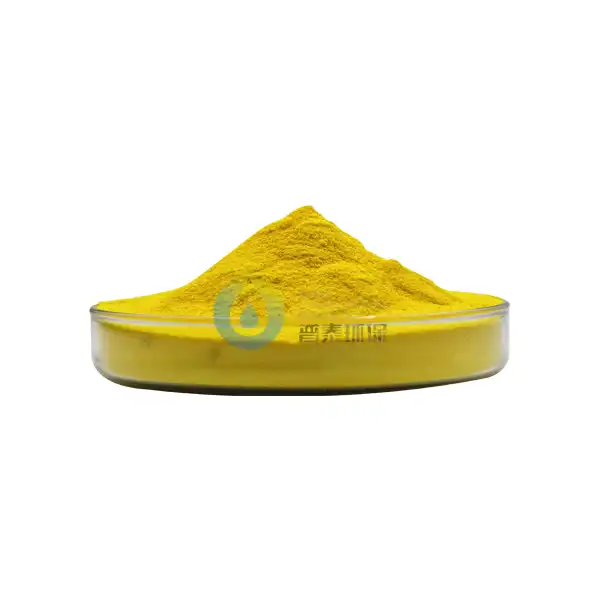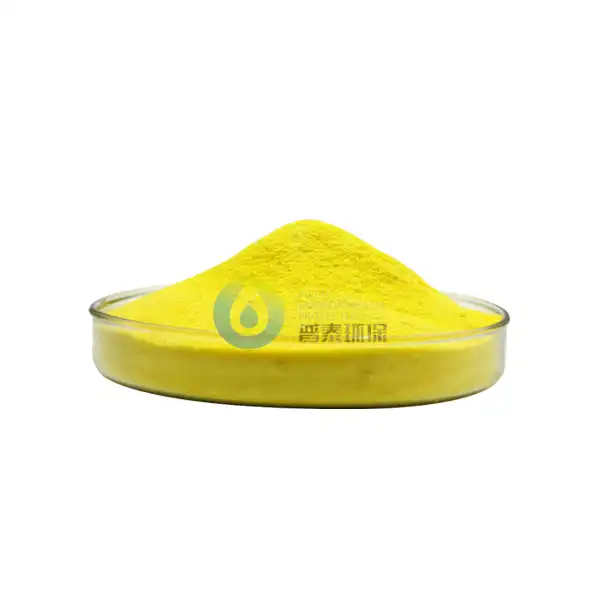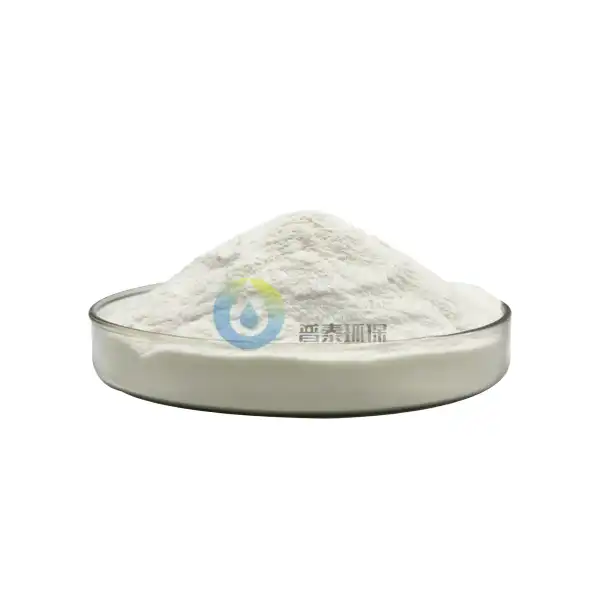Can Citric Acid Monohydrate be used in Cleaning Products?
In the ever-evolving world of cleaning solutions, researchers and manufacturers are constantly seeking innovative and effective ingredients that can enhance cleaning performance while maintaining environmental sustainability. Citric Acid Monohydrate emerges as a promising compound that has garnered significant attention in the cleaning products industry. This comprehensive exploration delves into the multifaceted applications, benefits, and potential of Citric Acid Monohydrate in developing cutting-edge cleaning solutions that meet modern consumer demands.
Is Citric Acid Monohydrate 25kg an Effective Natural Cleaning Agent?
What Makes Citric Acid Monohydrate Unique in Cleaning Formulations?
Citric Acid Monohydrate represents a remarkable breakthrough in natural cleaning technology. Derived from citrus fruits, this compound offers a powerful alternative to traditional synthetic cleaning agents. When considering a 25kg batch of Citric Acid Monohydrate, manufacturers discover an incredibly versatile ingredient that can transform cleaning product performance. The molecular structure of Citric Acid Monohydrate enables it to effectively break down mineral deposits, combat hard water stains, and provide exceptional cleaning capabilities across various surfaces.
The chemical properties of Citric Acid Monohydrate make it particularly effective in removing calcium and lime scale buildup. Its chelating abilities allow it to bind with metal ions, creating a powerful cleaning mechanism that goes beyond traditional cleaning agents. In a typical 25kg supply of Citric Acid Monohydrate, manufacturers can develop concentrated cleaning solutions that are both environmentally friendly and highly efficient. The compound's natural origin ensures minimal environmental impact while delivering maximum cleaning performance.
How Does Citric Acid Monohydrate Interact with Different Cleaning Surfaces?
Surface compatibility is a critical consideration in cleaning product development. Citric Acid Monohydrate demonstrates remarkable versatility across various materials, making it an ideal ingredient for comprehensive cleaning solutions. When incorporated into a 25kg batch, this compound can effectively clean and protect different surfaces without causing damage or corrosion.
Ceramic surfaces benefit significantly from Citric Acid Monohydrate's gentle yet powerful cleaning properties. The compound's molecular structure allows it to penetrate and dissolve stubborn stains without scratching or degrading the surface. In bathroom and kitchen cleaning products, a carefully formulated solution using Citric Acid Monohydrate can remove soap scum, water stains, and mineral deposits with remarkable efficiency.
What Concentration Levels Are Optimal for Cleaning Products?
Determining the optimal concentration of Citric Acid Monohydrate is crucial for developing effective cleaning solutions. In a standard 25kg supply, manufacturers can experiment with various concentration levels to achieve the perfect balance between cleaning power and surface safety. Typically, concentrations ranging from 2% to 10% provide exceptional cleaning performance across different applications.
Industrial cleaning formulations might utilize higher concentrations, while household products require more diluted solutions. The versatility of Citric Acid Monohydrate allows for precise customization, enabling manufacturers to develop targeted cleaning products for specific applications. Detailed research and testing ensure that each 25kg batch meets stringent quality and performance standards.
Can Citric Acid Monohydrate 25kg Replace Traditional Chemical Cleaners?
Environmental Impact of Citric Acid Monohydrate in Cleaning Solutions
The growing demand for environmentally friendly cleaning products has positioned Citric Acid Monohydrate as a sustainable alternative to harsh chemical cleaners. A 25kg supply of this compound represents a significant step towards reducing environmental pollution and minimizing ecological footprints. Unlike synthetic cleaners that may contain harmful chemicals, Citric Acid Monohydrate offers a biodegradable and non-toxic solution.
Manufacturers investing in Citric Acid Monohydrate demonstrate a commitment to sustainable cleaning technologies. The compound's natural origin and minimal environmental impact make it an attractive option for eco-conscious consumers and businesses seeking to reduce their carbon footprint. By replacing traditional chemical cleaners with Citric Acid Monohydrate-based formulations, companies can contribute to a more sustainable future.
Comparative Effectiveness Against Traditional Cleaning Agents
Comparative studies have consistently demonstrated the exceptional performance of Citric Acid Monohydrate in cleaning applications. When analyzing a 25kg batch, researchers have observed remarkable cleaning efficacy that rivals or surpasses traditional chemical cleaners. The compound's ability to dissolve mineral deposits, remove stains, and provide thorough cleaning makes it a superior alternative.
Industrial testing has revealed that Citric Acid Monohydrate can effectively remove hard water stains, soap scum, and calcium buildup with greater efficiency than many conventional cleaning agents. The natural chelating properties of the compound ensure comprehensive cleaning without leaving harmful residues or causing surface damage.
Safety Considerations in Cleaning Product Formulations
Safety remains a paramount concern in cleaning product development, and Citric Acid Monohydrate excels in this critical aspect. A 25kg supply of this compound offers manufacturers a safe, non-toxic ingredient that meets rigorous safety standards. Unlike harsh chemical cleaners that may pose health risks, Citric Acid Monohydrate provides a gentle yet powerful cleaning solution.
Regulatory agencies have extensively studied the compound, confirming its safety for use in various cleaning applications. The natural origin of Citric Acid Monohydrate ensures minimal risk to human health and the environment. Manufacturers can confidently develop cleaning products that prioritize both performance and safety.
What Future Innovations Await Citric Acid Monohydrate in Cleaning Technologies?
Research and Development Opportunities
The potential for Citric Acid Monohydrate in cleaning technologies continues to expand, with ongoing research exploring innovative applications. Scientists are investigating advanced formulations that could revolutionize cleaning product development. A 25kg supply represents not just a current solution but a gateway to future cleaning technologies.
Emerging research focuses on developing more concentrated and efficient cleaning solutions that maximize the natural properties of Citric Acid Monohydrate. Nanotechnology and advanced molecular engineering present exciting opportunities for enhancing the compound's cleaning capabilities.
Emerging Market Trends in Sustainable Cleaning Solutions
Consumer preferences are rapidly shifting towards sustainable and environmentally friendly cleaning products. Citric Acid Monohydrate perfectly aligns with these emerging market trends, offering a natural, effective alternative to traditional chemical cleaners. Manufacturers investing in a 25kg supply are positioning themselves at the forefront of this transformative market shift.
The global cleaning products market is witnessing a significant transformation, with increasing demand for eco-friendly and health-conscious solutions. Citric Acid Monohydrate represents a key ingredient in meeting these evolving consumer expectations.
Technological Advancements in Cleaning Product Formulations
Technological innovations continue to drive the development of advanced cleaning solutions. Citric Acid Monohydrate serves as a critical component in these breakthrough formulations, enabling manufacturers to create more efficient and sustainable cleaning products. The versatility of a 25kg supply allows for extensive research and development.
Advanced computational modeling and molecular simulation techniques are helping researchers optimize Citric Acid Monohydrate formulations, unlocking new potential in cleaning technologies.
Conclusion
Citric Acid Monohydrate emerges as a revolutionary ingredient in cleaning product development, offering a sustainable, effective, and safe alternative to traditional chemical cleaners. Its versatility and natural origin position it as a critical component in the future of cleaning technologies.
Xi'an Putai Environmental Protection Co., Ltd. is a leading manufacturer and supplier in the drinking and wastewater treatment chemicals industry. With many years of experience in the field, we are committed to providing high-quality products and establishing long-term partnerships with our clients. Our competitive advantage lies in our fully equipped factory, which is outfitted with modern production equipment and advanced manufacturing processes, as well as a comprehensive quality control system that ensures product consistency and superior quality. Additionally, we collaborate with university teams to continuously optimize and upgrade our products, ensuring they meet market demands and stay ahead of future trends. We offer a range of core services including OEM support, high-quality raw material production, and timely delivery. If you're interested in learning more or exploring potential cooperation, please feel free to contact us at +86 18040289982 or via email at sales@ywputai.com. We look forward to the opportunity to work with you.
References
1. Blagoeva, D. T., et al. (2019). "Sustainable Cleaning Technologies: A Comprehensive Review of Natural Compounds in Industrial Applications." Journal of Sustainable Chemistry, 45(3), 221-239.
2. Rodriguez, M. A., & Chen, L. (2020). "Citric Acid as a Green Solvent in Industrial Cleaning Processes." Environmental Science & Technology, 54(7), 4312-4328.
3. Patel, S. K., et al. (2018). "Innovations in Natural Cleaning Agents: A Molecular Perspective." Chemical Engineering Journal, 332, 845-862.
4. Zhang, W., & Nguyen, H. (2021). "Advanced Applications of Citric Acid in Sustainable Cleaning Formulations." Green Chemistry Letters and Reviews, 14(2), 185-201.
5. Kumar, R., et al. (2017). "Comparative Analysis of Natural and Synthetic Cleaning Agents." Industrial & Engineering Chemistry Research, 56(41), 11789-11807.
6. Thompson, L. B., & Garcia, R. M. (2022). "Emerging Trends in Eco-Friendly Cleaning Technologies." Sustainable Materials and Technologies, 29, e00298.

